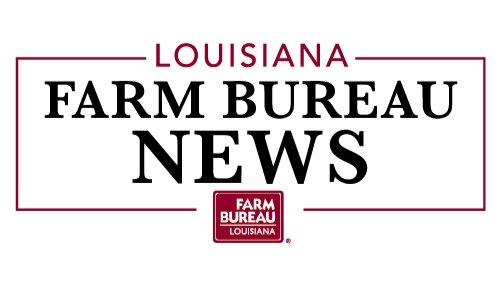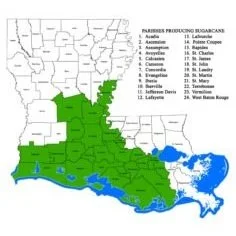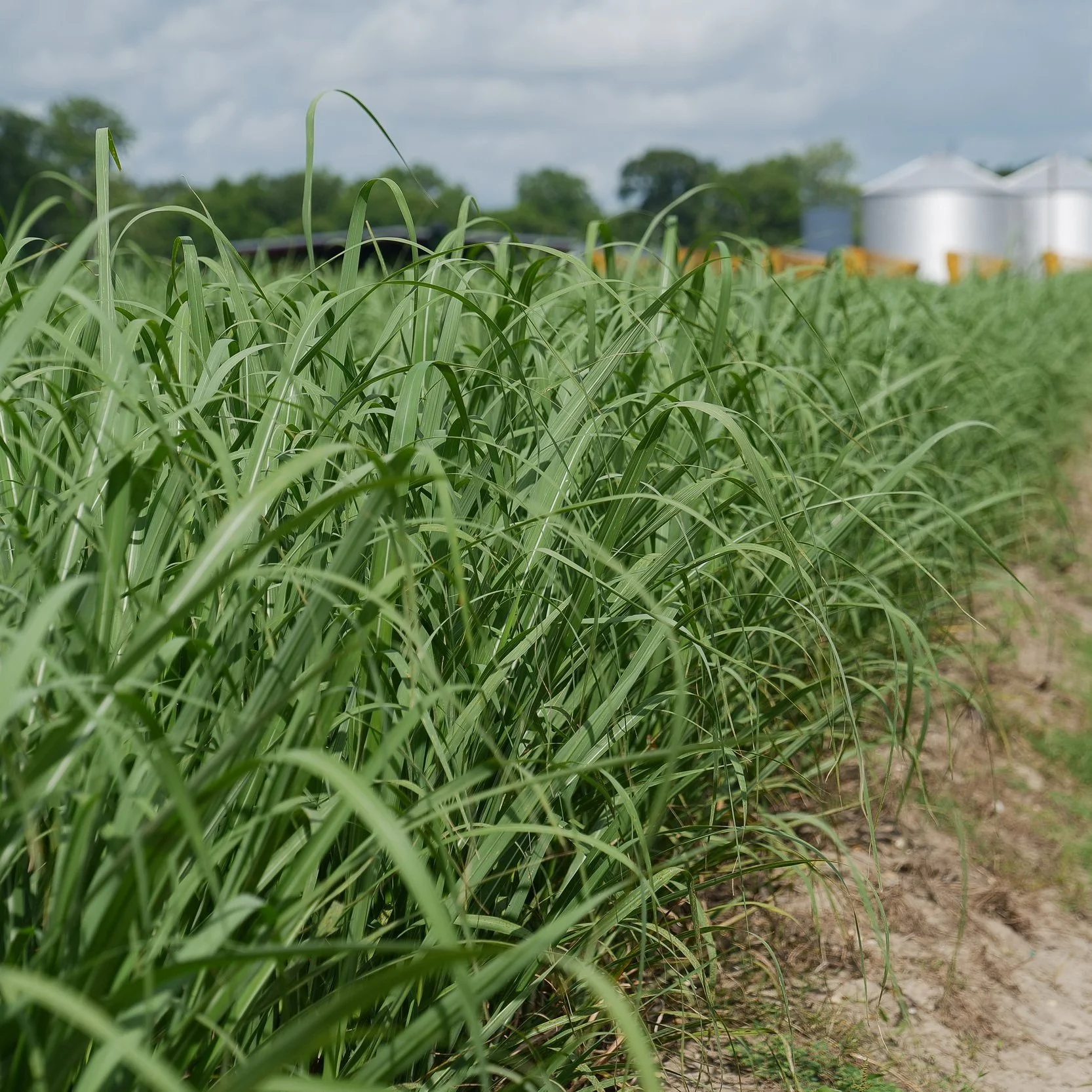A Napoleonville Louisiana company is making headlines these days for taking something that was once a waste product generated by Louisiana's sugarcane industry and turning it into a food supplement for cattlemen and ranchers around the nation. Impact Fusion International says its products that are made with sugarcane waste known as bagasse actually enhance the essential vitamins and nutrients that both beef and dairy cattle need to maintain good health.
Read MorePatrick Frischhertz, a sugarcane grower from Plaquemine, Louisiana testified before the House Subcommittee on General Farm Commodities, Risk Management, and Credit on Wednesday, April 26.
Speaking on behalf of the American Sugar Alliance, Frischhertz called on lawmakers to maintain “an adequate economic safety net for American sugarcane and sugarbeet farmers.”
Read MorePatrick Frischhertz, a sugarcane grower from Plaquemine, Louisiana testified before the House Subcommittee on General Farm Commodities, Risk Management, and Credit. He thanked Chairman Austin Scott (R-GA-8) and Ranking Member Shontel Brown (D-OH-11) for listening to the needs of American producers as they craft the next Farm Bill.
Read MoreSustainability means producing sugarcane in a manner that is economically profitable while being a good neighbor to both the local community and environment. The benefit to society is feeding the world without exploiting natural and human resources.
The Louisiana sugar industry is accomplishing this today.
Read MoreOver the past ten years, sugarcane acreage has rapidly expanded, especially in Vermillion Parish in the western cane belt and Pointe Coupee, Avoyelles and Rapides in the north. Pointe Coupee now has more than 70,000 acres in production, when just ten years ago parish acreage was only 43,000. That’s a 62 percent increase.
Read MoreLast month the faculty of the LSU AgCenter Audubon Sugar Institute won multiple awards and honors at the 31st International Society of Sugar Cane Technologists Congress in Hyderabad, India.
Awards can act as a barometer and prove that the institute’s work has merit, said Gillian Eggleston, director of the institute, who presented research findings and received a prestigious honor at the conference.
Read MoreFor over 200 years in the United States, sugar cane field burning has been a tool that farmers use in the pre-harvest season to remove the tops of the sugar cane plant. However, the smoke from that burning can cause fog in the air, which leads to low visibility along roads and highways. This has been enough of a problem to cause road accidents, and in Louisiana, it has even caused some fatalities.
Read MoreField burning by farmers has been responsible for fatal crashes in south Louisiana in recent years, which is why Houma Representative Beryl Amedee is looking to form a task force to discuss other potential options.
Read MoreState Rep. Beryl Amedee, R-Houma, Grew up in the Terrebonne Parish Community of Schriever Surrounded by Sugar Cane Fields.
Many Members of Her Family Farmed Sugar Cane, and Her Grandfather Worked in the Thibodaux Sugar Mill. And Each Year During the Burning Season, Amedee Would Lose the Ability to Speak as Her Sinuses Flared Up.
Read MoreThe average American consumes 17 teaspoons of sugar per day, about half from sugarcane. It takes a lot of raw material to create all that sweetness, but there is a downside – what do you do with all the leftover sugarcane processing waste?
Read MoreFor six and a half years, LSU AgCenter scientists and their counterparts at other agencies have been searching for clues as to why large swaths of roseau cane are dying along Louisiana’s coast — and how to restore these areas to prevent further land loss.
Read MoreThe annual meetings of the American Sugar Cane League and the American Society of Sugar Cane Technologists Louisiana Division held Feb. 6 to 8 at L’Auberge Casino and Hotel in Baton Rouge featured growers, scientists and millers from throughout the state.
Read MoreAmerican Sugar Cane League director Jim Simon reported that the Louisiana sugarcane industry produced more than two million tons of raw sugar in 2022 for the first time ever and is now the number one cane sugar producing state in the United States.
Read MoreAmerican Sugar Cane League director Jim Simon reported that the Louisiana sugarcane industry produced more than two million tons of raw sugar in 2022 for the first time ever and is now the number one cane sugar producing state in the United States.
Read MoreThe 100th anniversary of the American Sugar Cane League has drawn to an end and what a year it has been.
We celebrated the centennial of the League’s birth in March at a big gala celebration at the Baton Rouge Hilton that was very well-attended and proceeded into the farming calendar with plenty of optimism. As the spring and summer months rolled around most of the cane belt escaped the drought issues that affected other agricultural areas of Louisiana and our crop looked promising.
The grinding season started smoothly the week of September 11 and right away, sugar levels were exceptional. Factor in that no storms had hit Louisiana when the hurricane season ended November 30 and the entire cane belt felt that 2022 could be a record-breaking year. Cold weather did strike in early November but the effect on sugar recovery was minimal. However, a hard freeze at Christmas time, when about 15% of the crop was still unharvested, was worrisome.
Every production year in sugarcane has its challenges. In 2021, farmers in the southeastern cane belt were hit hard by Hurricane Ida and their production numbers were negatively affected. For the 2022 crop, producers in the more northern and western areas, with cane in the field after the start of the new year saw crop deterioration as a result of the Christmas freeze.
Obviously, there’s no perfect cane season but the Louisiana cane industry has always been resilient and manages to work through adversity to provide a safe and stable supply of domestic sugar to the nation.
We produced more than two million tons of raw sugar this season. That’s a phenomenal number. We’ll know more at our annual meeting on February 7 at L’Auberge Casino and Hotel.
The League moves into its 101st year and will help guide the sugarcane industry backed by a strong research program, a strong national sugar policy and an engaged membership of innovative producers.
Read More













